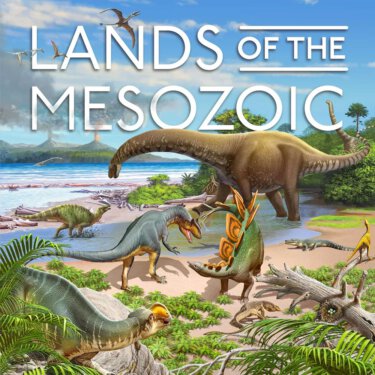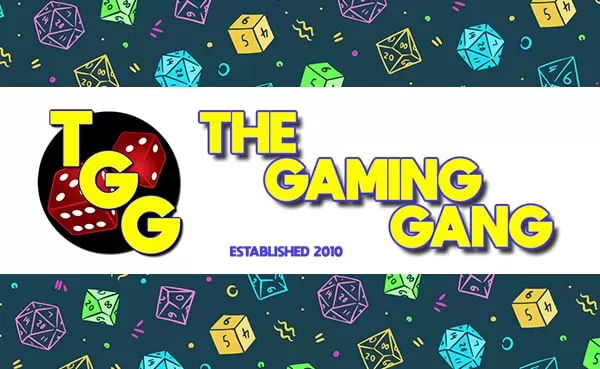
You can check out my first look here and my overall thoughts on the game here.
About the game:
The Mesozoic era spans between 252 and 66 million years ago and is subdivided into the Triassic, Jurassic, and Cretaceous periods. This is the time that saw dinosaurs first appear, dominate the world, and go extinct (except for some groups of avian dinosaurs, i.e., birds). However, dinosaurs weren’t the only animals of the Mesozoic; they shared their habitats with amphibians, reptiles, mammals, and others.
In Lands of the Mesozoic, 1 to 4 players will create and manage their own Mesozoic ecosystems using 3 main types of cards that symbolize the different levels of the food chain. The game comes with over 120 individual cards, all drawn by award winning Ukranian paleo-artist Sergey Krasovskiy.
Players will first lay down Land cards that represent the habitats that provide shelter and plant/insect/fish food. Land cards in play are used to pay for the cost of Herbivore cards. These are the animals using the resources generated in those specific types of lands.
In turn, Herbivore cards in play can generate the resources necessary for playing Carnivore cards. These are the animals at the top of the food chain, and they control the population size of herbivore species in the ecosystem.
All 3 types of cards need to be in balance for the ecosystem to be sustainable in the long term. However, competition between species and the shifting nature of the surface of the Earth, will trigger extinction events of animals and habitats that will open niches for new species to appear and spread.
At the end of the game, players will score points for played cards, collected Victory Point Tokens, and achieved common and personal goals. The winner is the player with the most points after 3 periods of 7, 6, and 5 rounds respectively.













